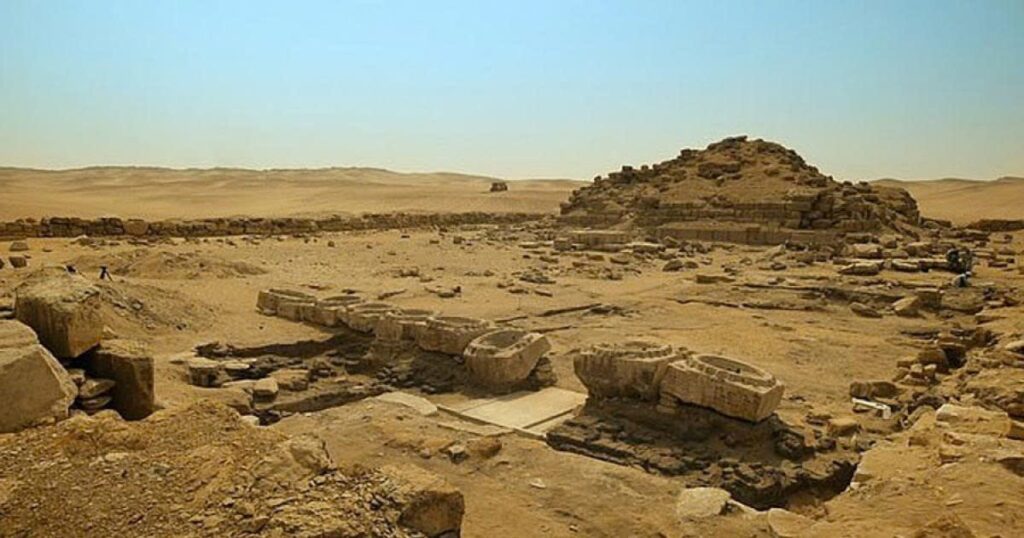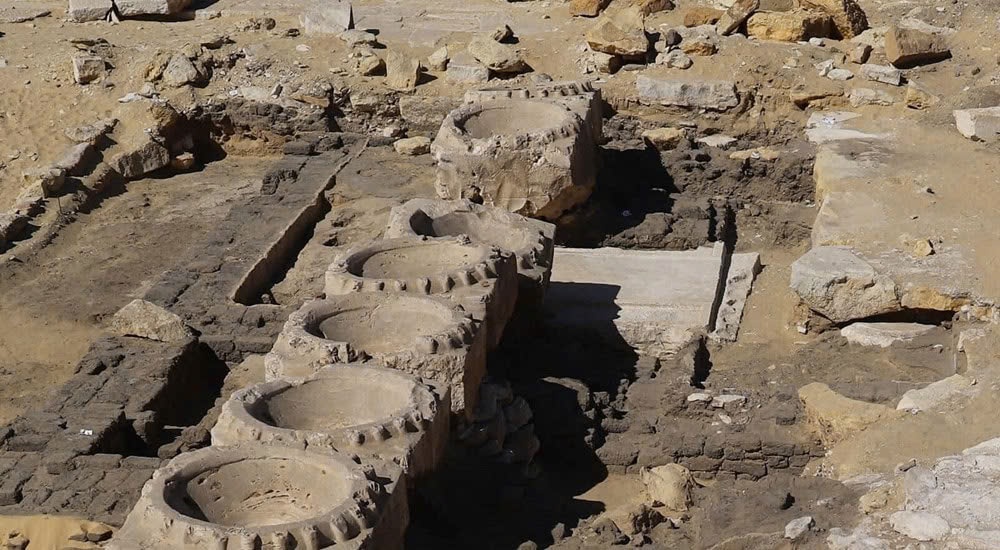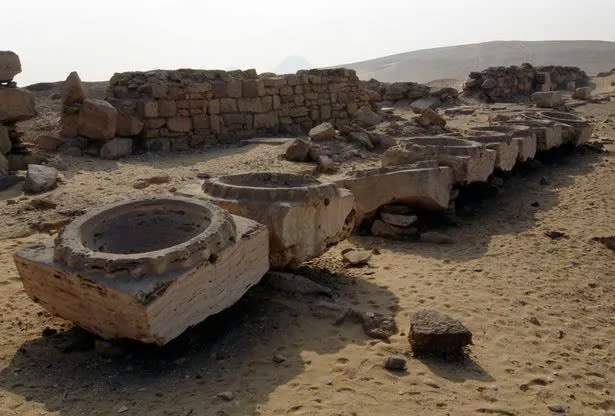In a remarkable find, a team of Polish-Italian archaeologists has potentially uncovered one of the long-lost “Sun Temples” from Ancient Egypt’s Fifth Dynasty. Working in the Abusir necropolis near Saqqara, they have revealed remnants of a mud-brick structure that could shed light on an age-old mystery.
A Window into History

The excavation beneath King Nyuserre’s temple has presented intriguing evidence regarding this ancient edifice. Initial analyses indicate that this site may indeed represent one of the elusive sun temples from the Fifth Dynasty, which spanned from 2465 to 2323 BC.
The Importance of Sun Temples

Sun temples were crucial in Ancient Egyptian tradition, dedicated to Ra, the sun god, who represented order, kingship, and the sky. These temples generally comprised three main components: a small entrance building, a causeway, and a principal temple positioned at an elevated level.
Revealing the Findings

The archaeological team has unearthed:
- A mud-brick structure featuring quartz blocks
- An entrance carved into limestone
- A paved floor area
- Ceramic vessels, beer jars, and red-rimmed containers likely used in ceremonial practices
The Wider Implications

This discovery is particularly notable as only two of the six supposed sun temples have been identified thus far. The Abusir necropolis, where this significant find was made, served as a primary burial site for Memphis, the ancient capital of Egypt.
Looking Forward

As excavations progress, archaeologists aim to uncover additional insights about this potential sun temple and its significance in Ancient Egyptian culture. This finding could be instrumental in revealing further secrets about the Fifth Dynasty and the religious customs of this captivating civilization.

